They were in Nanjing (1) | Arthur Menken: Witness the horrors in Nanjing
There was such a group of international righteous personages who interpreted the brilliance of human nature with their responsibility, perseverance and struggle when Nanjing was in the grip of darkness in 1937. They came from all walks of life from different countries. Faced with the Japanese invaders armed with firearm and bayonets, they came forward and protected countless Nanjing people at great risk to themselves. Some of them secretly took photos of the Japanese soldiers committing atrocities. Someone secretly recorded the crimes of the Japanese army in writing. Some boldly wrote news reports to bring the truth of the Nanjing Massacre to light... Starting today, we launch special reports on “They were in Nanjing at the time” to describe Nanjing in 1937 witnessed by a group of international righteous personages. Today’s article is entitled “Arthur Menken: Witness the horrors in Nanjing”.

Source of images and charts: Research on International Safety Zone during Nanjing Massacre by Zhang Lianhong, Wang Weixing, Liu Yanjun, and Yang Xiaming
On April 26, Chinese-American Lu Zhaoning came to the Memorial Hall to donate his collection of 98 pieces (sets) of cultural relics and historical materials to us. A copy of the English-language newspaper The China Press published in Shanghai on October 10, 1937 showed the photo of Arthur Menken, a reporter from Paramount News and Film Press in the United States, adding to video materials about Menken’s presence in Nanjing in 1937.
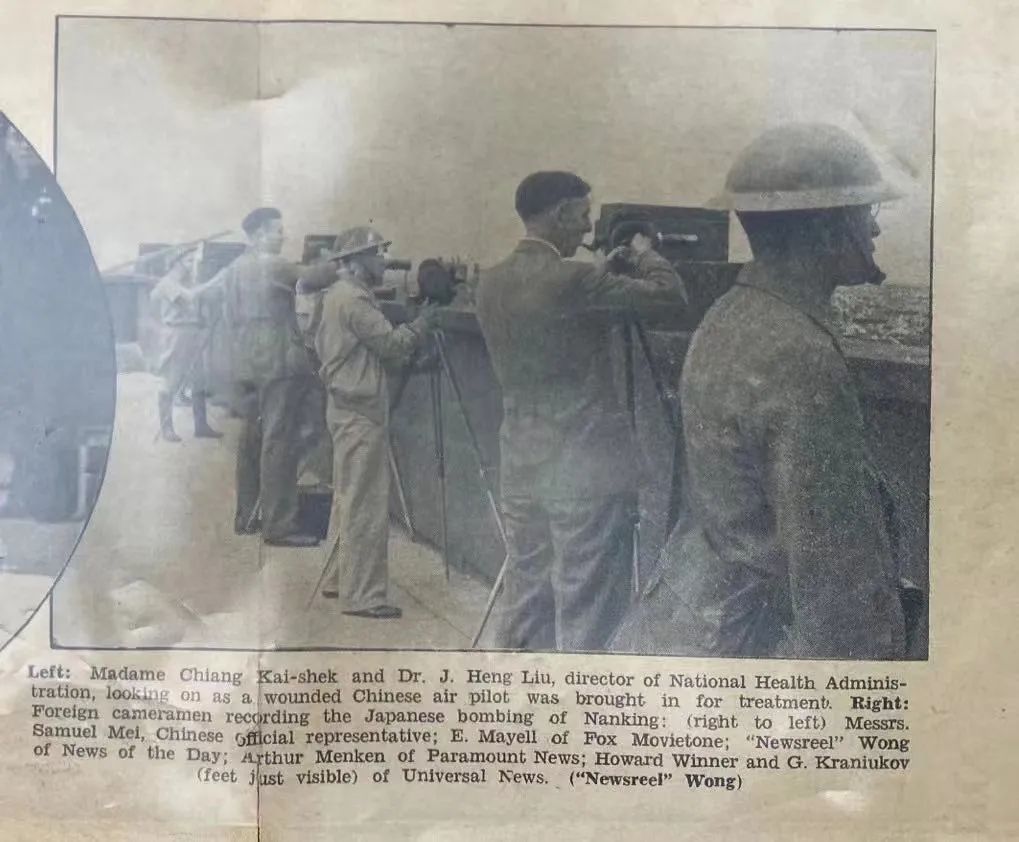
The fourth from the right is Menken
The newspaper ran an article entitled “Foreign Photographers Documenting the Japanese Bombing of Nanjing.” These photographers standing on the Nanjing city wall captured videos and photos of the Japanese bombing of Nanjing using cameras and video recorders. The caption states the name of Arthur Menken, the fourth from right, a reporter from Paramount News and Film Press, who participated in the group filming.
Working at the forefront of news
On July 7, 1937, the Japanese invaders triggered the Lugou Bridge Incident, launching a full-blown war of aggression against China. In the ensuing six months, the Japanese army invaded and occupied Peiping, Tianjin, Shanghai and other places, rapidly advancing towards Nanjing, the capital of the Nationalist government at that time. The developments in the Eastern Theater attracted Menken’s attention, who came to China to give follow-up reporting on the Japanese war of aggression against China from Nanjing.
After the fall of Nanjing on December 13, Menken remained in Nanjing, working alongside Archibald Steele, Durdin and other fellow journalists at the forefront of journalism.
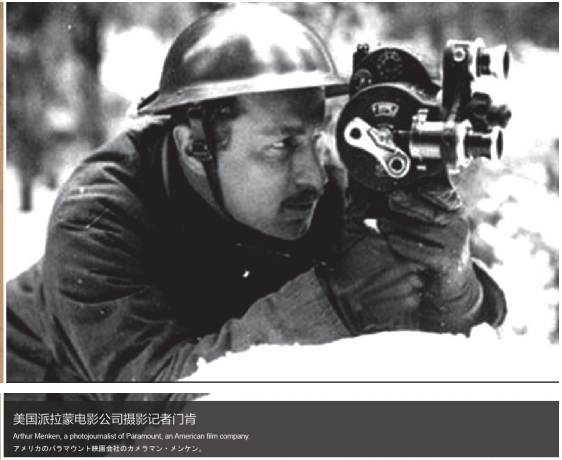
Anyone who remained in Nanjing must face not only bloody battles, but also massacres, robberies, rapes and other crimes against humanity committed by the Japanese soldiers in and around the city. Menken witnessed the destruction and looting of the American Embassy by the Japanese soldiers. Together with his colleague Durdin, Menken drove out five Japanese soldiers who broke into the kitchen of the American Embassy.
At the same time, Menken and others were eager to lay bare the Japanese army’s atrocities to the public as soon as possible. However, the chaos in the city prevented them from sending press releases by telegram. The only option for them was to leave Nanjing for Shanghai.
On December 15, Menken boarded the U.S. patrol gunboat “Oahu” berthed on the Yangtze River to leave Nanjing for Shanghai with fellow reporters including Archibald Steele and Durdin. On December 16, he succeeded in sending his telegraph back to the Associated Press via the Oahu radio facility.
Lay bare the truth of the Nanjing Massacre for the world
On December 17, U.S. local time, The Chicago Tribune Daily ran a press release sent by Menken from China, entitled “Witness Tells Nanking Horror As Chinese Flee” on the fourth page.
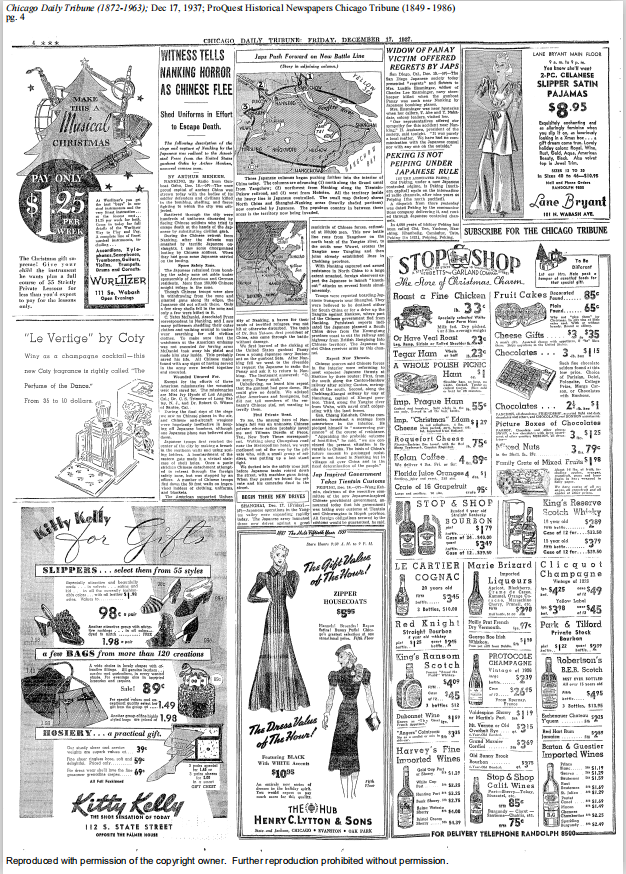
On December 17, 1937, The Chicago Tribune Daily’s report on the Nanjing Massacre
In the report, Menken wrote: “All Chinese men who are found to serve in the army in any way are put together and executed.”
He also recounted what he saw as the horrors in Nanjing: “Nanjing, the proud capital of ancient China, is now littered with the corpses of soldiers and civilians killed in fierce battles of bombing and shelling.”
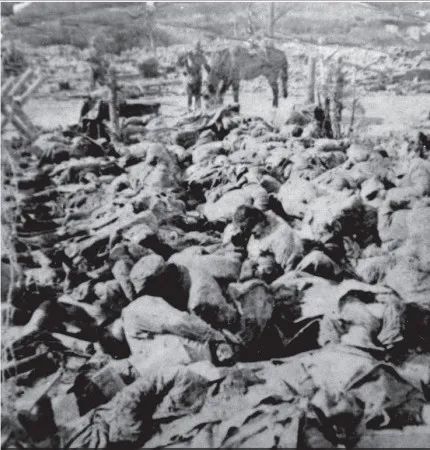
The corpses of Chinese soldiers and civilians massacred by the Japanese army pile up like a mountain (Source: “Exhibition of the Nanjing Massacre”)
Reporting on the humanitarian relief by foreigners and the daring feats of Chinese soldiers
Menken was impressed by and full of admiration for the humanitarian relief effort at the Nanjing Safe Zone and the daring feat of the Chinese defending troops in resisting the enemy and protecting war correspondents during the Nanjing Massacre period.
“Apart from three missionaries, no one attended to the wounded,” according to the report. “The three missionaries were Miss Iva Hynds from Los Angeles, California, physician C. S. Trimmer from the Long Valley, New Jersey, and physician Rober O. Wilson from Sandy, California.”
Many children were orphaned after the fall of Nanjing. Hynds, an American nurse, remained in Nanjing to care for refugees and newborn babies at Drum Tower Hospital.
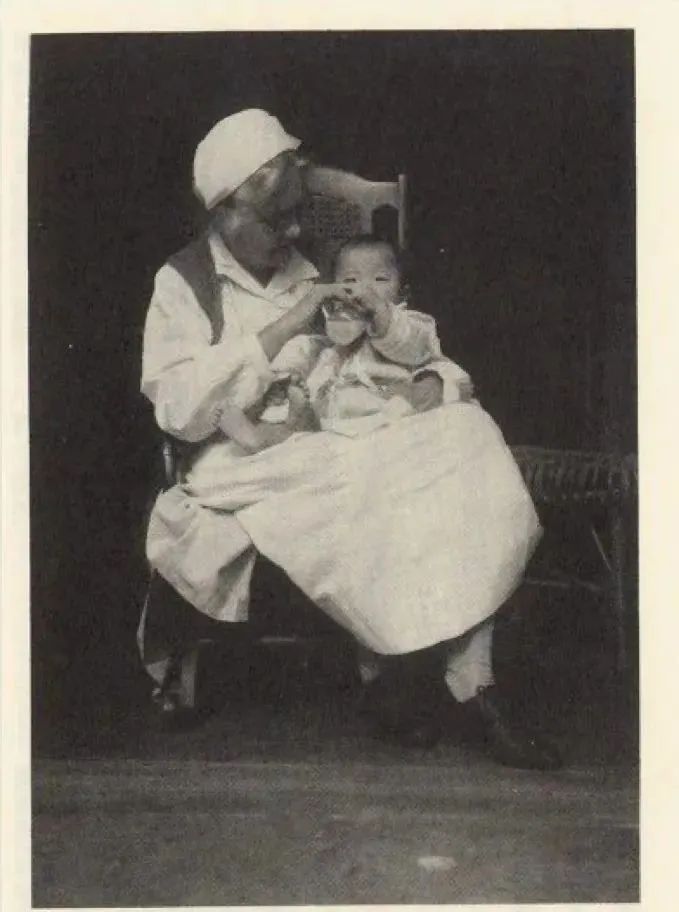
Iva Hynds, a 67-year-old nurse at the time, was looking after orphans at Drum Tower Hospital (Source: 100 Days in Nanjing Refugee Area)
Amidst the ruins and smoke of gunpowder, Wilson, a surgeon, and Trimmer, an internist, who remained in Nanjing, worked day and night together to treat the refugees.
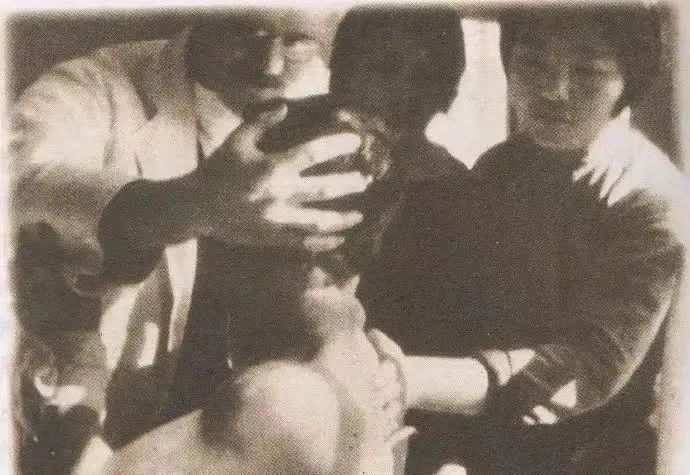
Wilson examining patient (Photo by American pastor John Magee)
In the report “Finding A Private Soldier Dead,” Menken described the touching details of gratitude to Chinese soldiers for covering Western journalists:
“For me, the unsung hero at the time of the fall of Nanjing was an unknown Chinese private soldier. What he did maybe saved me and Frank Tillman Durdin, a New York Times reporter from Texas. We were walking on Zhongshan Road near the Central Hotel at the time when a private soldier signaled us to go to the side of the road, because he was fighting a final resistance battle with a bevy of soldiers. After we ran to safety, Japanese tanks rumbled down the street, machine guns breathing fire. After the tank left, we found that the private and his comrades died in the street.”
——Excerpt from Finding A Private Soldier Dead
After leaving Nanjing, Menken continued to reported on the Chinese War of Resistance and the Pacific War. Menken was a reporter with the American Paramount News and Film Press, and his coverage of the Nanjing Massacre had an important influence at that time. He was one of the main forces in spreading the truth of the Nanjing Massacre in early years.
Menken’s reporting and attack of the Nanjing Massacre were first-and news from Nanjing, laying bare the truth of the Nanjing Massacre to the world. It is of high journalistic and historical value, and is still important evidence of the Nanjing Massacre crime perpetrated by the Japanese invaders in China.

